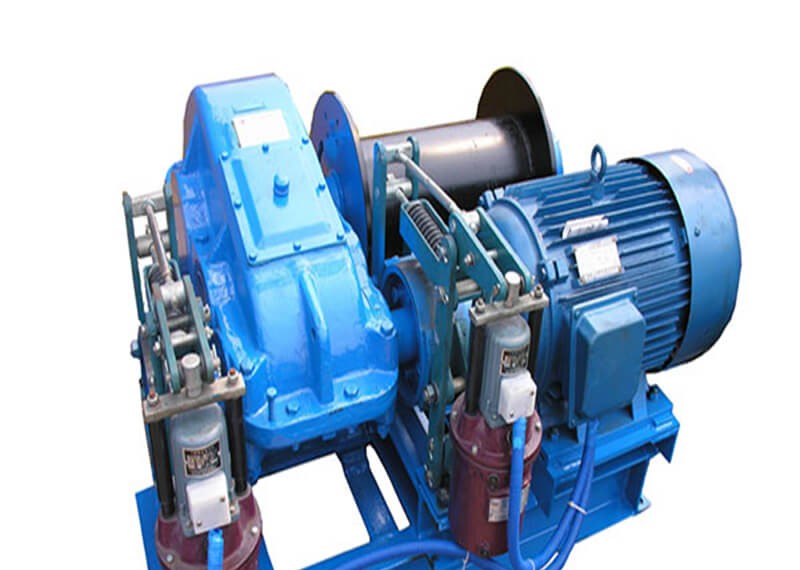
Introduction to maintenance method of winch motor
The motor is an important part of the electric winch and the most expensive part of the winch. If it is damaged, the cost of repair or replacement will be very high. Therefore, the customer is reminded to maintain the motor of the winch. The maintenance method is as follows:
1. The use environment should be kept dry frequently, the surface of the motor should be kept clean, and the air inlet should not be obstructed by dust or fibers.
2. When the thermal protection of the motor continuously occurs, it should be ascertained that the fault is from the motor or the overload or the setting value of the protection device is too low, and the fault can be put into operation.
3. It should ensure good lubrication of the motor during operation. The general motor of small electric winch runs for about 5000 hours, that is, the grease should be replenished or replaced. When the bearing is overheated or deteriorated during operation, the hydraulic pressure is changed in time.
4. When the end of the bearing life, the vibration and noise of the motor will increase significantly. When the radial clearance of the bearing reaches the following values, the bearing should be replaced.
5. When removing the motor of electric cable winch, the rotor can be taken out from the extended end or the non-extended end. If it is not necessary to remove the fan, it is convenient to remove the rotor from the non-shaft extension. When the rotor is pulled out of the stator, damage to the stator winding or insulation should be prevented.
6. When replacing the winding, you must write down the form, size and number of turns of the original winding, wire gauge, etc. When the data is lost, you should obtain it from the manufacturer and change the original design winding at will, often making one or several performances of the motor. Deteriorated, even unable to use.
The wire rope electric winch can convert the electric energy into the mechanical energy through the operation of the motor, that is, the rotor rotation output of the motor, and the belt, the shaft, the gear, and the deceleration, then drive the reel to rotate. The reel winds the wire rope and passes through the pulley block, so that the crane hook can lift or drop the load, convert the mechanical energy into mechanical work, and complete the vertical transportation loading and unloading work of the load. Today's winches are widely used in the lifting or flattening of materials for water conservancy projects, construction, forestry, terminals, oil rigs, mines and power stations.


